Anyone thinking of bringing out a book on Waterloo at the moment must be very confident, very brave or just plain daft. Over the last month there have been at least five new books on the battle, and so unless a writer is in a position to bring the equivalent of whole divisions of loyal Sharpe readers with him, he’d better have some new line to take.
Nick Foulkes showed how it might be done with his terrifically entertaining Dancing into Battle, and Paul O’Keeffe has taken it a step further by quite simply giving the battle a miss. From the opening pages one is always aware that something pretty major is happening a mile or two over the next hill. But whether we’re with Thomas Creevey in Brussels, church-goers in Ramsgate, or with Marshal Grouchy near Wavre, the nearest we ever get to the battle until it’s pretty much over is the distant rumble of cannon.
The heart slightly sinks as the usual Waterloo suspects are wheeled out — Creevey, Fanny Burney, Charlotte Waldie, et al — but this is unfair because O’Keeffe deploys his resources with an elegantly light touch. There is probably very little Waterloo buffs won’t recognise from these early sections, though, and as its subtitle promises the book really kicks off as ‘Sunday 18 June [Waterloo Day] passes into Monday’ and Captain Mercer wakes to ‘a slaughter ground made perversely beautiful’ by the pale light of a gibbous moon.
By the standards of the Napoleonic wars, Waterloo had not been an unusually big battle, but as O’Keeffe says, what made it different was the intensity and concentration of the action. A battle like Leipzig saw bigger armies and more artillery involved, but whereas the ‘Battle of the Nations’ was fought over four days and a massive 21-mile front, something like 200,000 men and 500 cannon at Waterloo slugged it out for just ten hours on a battlefield no more than five square miles in all.
There was nothing sophisticated about Waterloo, just ‘hard pounding’, and the result was the appalling shambles of a battlefield that greeted Captain Mercer on the morning after. Over the next days and and months everyone from Scott and Byron to the casual tourist visited the scene of the fighting, and all the best accounts are here, drawn together to produce as vivid and graphic an account of its physical aftermath as one is likely to get.
It is a shame that the illustrations — a handful of rather pointless and gloomy black-and-white jobs — don’t run to the Edinburgh surgeon Charles Bell’s astonishing paintings of the wounded French soldiers he treated, but that is a very minor complaint. Some of the sources O’Keeffe uses have again inevitably done the rounds, but it is a real skill to marshal material with the élan he shows, to allow the voices of contemporaries to speak for themselves and at the same time keep the narrative pace going.
From the battlefield and its dreadful aftermath — the suffering of wounded men and horses, the smouldering burial pits, the grim trade of the looters and resurrection men, pulling their Waterloo teeth —O’Keeffe’s narrative spills out to take in a Britain eagerly awaiting the news. As with almost everything to do with the battle, the story belongs as much to myth as it does to history, yet even when the more extravagant tales of Rothschild trading are discounted, there is enough drama in what is left to turn the account of the Waterloo dispatch and its reception across Britain into a tour de force of fast-moving storytelling.
This book, though, is a salutary reminder, as the 200th anniversary approaches, that if it was British gold and Britain’s navy that brought down Napoleon, most of the actual fighting was left to our allies on the continent. There were something like three times as many Germans on the field of Waterloo as there were British soldiers, and to the very end of a campaign on the fringes of Paris virtually all the fighting was done by Blücher’s Prussians.
There is something about this coda to the main campaign that brings to mind the remark of Edwin Lutyens, standing over the grave of a soldier shot for cowardice in the Great War, ‘that the men who fell at Quatre Bras are just as worthy of honour as those who fell at Waterloo’ because, fairly or not, history has never quite seen it that way. One would have been hard pushed to find a Spartan who would have traded in a death at Thermopylae for one at Sphacteria, and there always feels something especially desolate about all the forgotten minor battles, skirmishes and killings that followed Waterloo and brought the death toll for Bonaparte’s disastrous adventure to around 100,000.
It is all here, though — the ferocious Prussian moonlit hunt of the fleeing French, Genappe, Versailles, the occupation of Paris, the stripping of the Louvre, Bonaparte’s surrender to Captain Maitland — and all told with the same verve, eye for anecdote and command of the material. This is a very good book, and a model of how narrative history should be written. And as the ‘aftermath’ of Waterloo stretches into its 200th triumphalist year, one that anybody remotely interested in the battle should read.
Got something to add? Join the discussion and comment below.
Get 10 issues for just $10
Subscribe to The Spectator Australia today for the next 10 magazine issues, plus full online access, for just $10.
Available from the Spectator Bookshop, £20 Tel: 08430 600033
You might disagree with half of it, but you’ll enjoy reading all of it. Try your first month for free, then just $2 a week for the remainder of your first year.

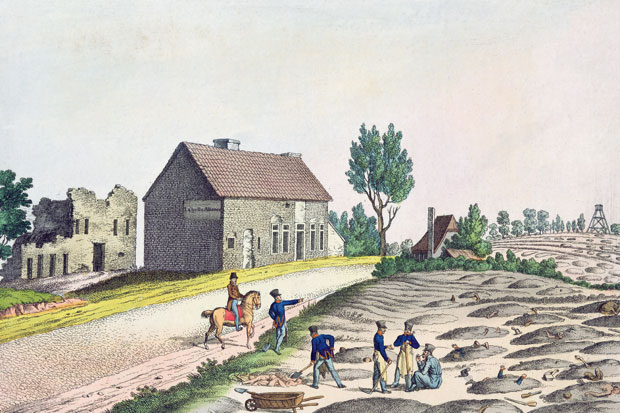
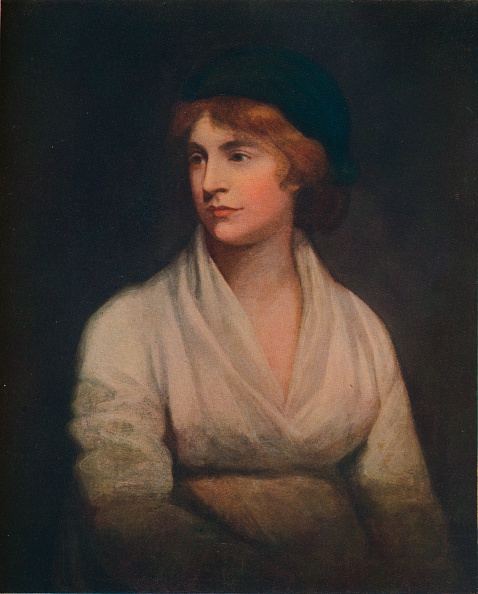
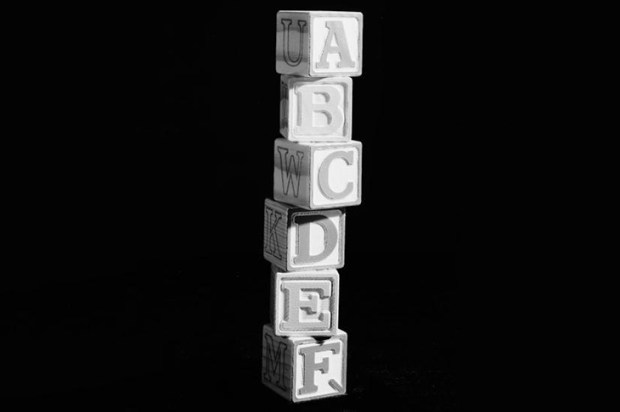

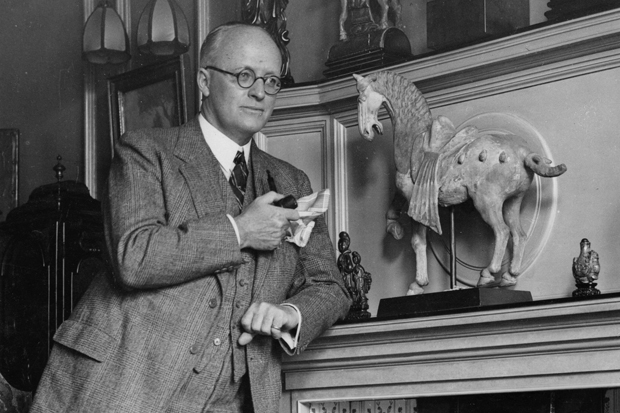

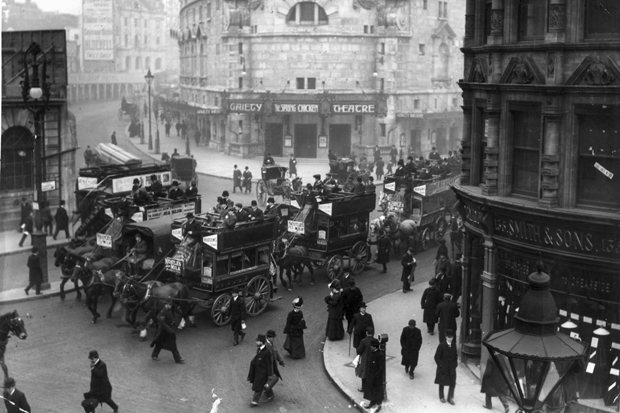






Comments
Don't miss out
Join the conversation with other Spectator Australia readers. Subscribe to leave a comment.
SUBSCRIBEAlready a subscriber? Log in